Explosion Testing for dust, gases & vapours


© March 2024
Lower explosible limit (LEL)
Minimum explosible concentration and lower explosible limit
The lower explosible limit - also known as the minimum explosible concentration or MEC - is the lowest concentration of dust cloud that will allow combustion. Testing follows EN 14034-3:2006 (determination of the lower explosible limit LEL of dust clouds) and is carried out in the 20 litre sphere apparatus. 10 grams of combustible dust is placed in the dust container and the explosion chamber is evacuated to 0.4 bar. An automatic test sequence is initiated to pressurise the dust container to 20 bar and activate the two chemical igniters, each having an energy of 1 kJ, 60 msec after the dust has been dispersed. A test series is undertaken with a systematic decrease of the dust concentration until no ignition of the dust / air mixture is observed. The test is repeated to ensure no ignition is found in three consecutive tests. An ignition is deemed to have occurred if the maximum explosion pressure is at or above 0.5 bar. The lower explosible limit may be used as an explosion prevention method in areas where the explosive concentration of dust can be reliably controlled. Explosion testing for the lower explosible limit is also helpful when deciding hazardous area zones for dust (zone 20, zone 21 & zone 22) under DSEAR.
LEL test results table


Material
LEL
Grain dust
125g/m
3
Coal dust
30g/m
3
Flour
60g/m
3
Sugar
125g/m
3
Aluminium dust
100g/m
3
Sewage sludge
250g/m
3

Explosion Testing


© March 2024





















